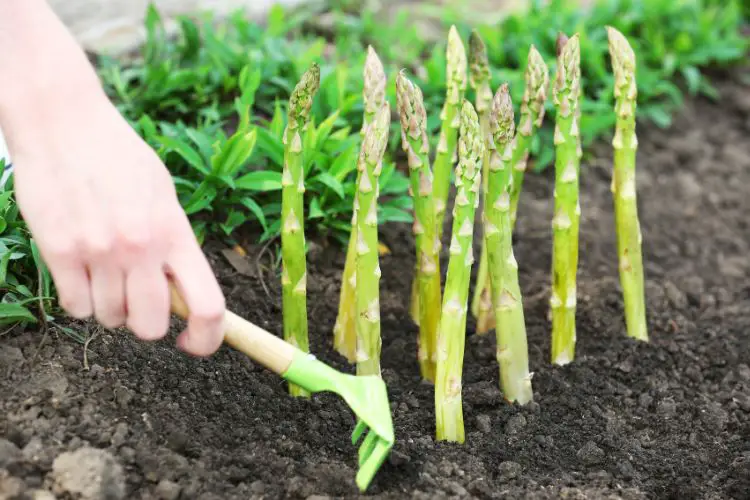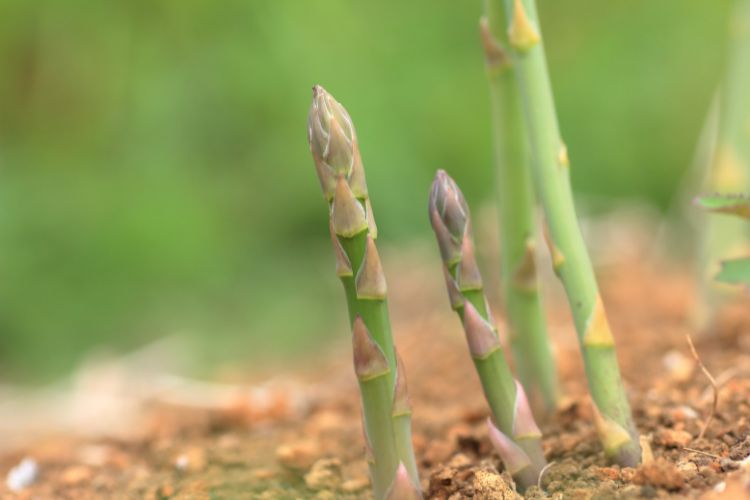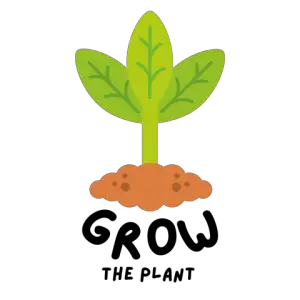Learn everything you need to know about growing asparagus with this comprehensive guide! Whether you’re a beginner or experienced home gardener, this article will provide you with the essential steps, best practices, and expert tips for successful cultivation. From planting to harvesting, you’ll gain the knowledge to grow delicious asparagus in your own backyard.

Understanding Asparagus
Asparagus is a perennial vegetable that is prized for its tender, flavorful spears. It belongs to the lily family and is known scientifically as Asparagus officinalis. Asparagus is a hardy plant that can thrive for up to 15 years when properly cared for, making it a valuable addition to any home garden.
Varieties of Asparagus
There are several varieties of asparagus, including Mary Washington, Purple Passion, and Jersey Giant. Each variety has its own unique characteristics, such as spear color and flavor profile, providing home gardeners with options to suit their preferences.
Benefits of Growing Asparagus at Home
Growing asparagus at home offers numerous benefits. Asparagus is a nutrient-dense vegetable, rich in essential vitamins and minerals. It contains high levels of the amino acid asparagine, which contributes to its unique flavor. Additionally, asparagus is a versatile ingredient in various culinary dishes, making it a valuable addition to any home garden.
Planning and Preparation
Selecting the Right Location for Asparagus
Asparagus thrives in well-drained, sunny locations. When planning to grow asparagus, choose a spot in your garden that receives full sunlight and has soil with a pH level between 6.5 and 7.5. It’s important to select a location where the asparagus bed can remain undisturbed for several years, as mature asparagus plants do not transplant well.
Soil Preparation for Asparagus Cultivation
Before planting asparagus, it’s crucial to prepare the soil properly. Asparagus plants require soil that is rich in organic matter and well-drained. Incorporating compost or well-rotted manure into the soil can help improve its fertility and structure, providing an ideal growing environment for asparagus.
Tools and Equipment Needed for Growing Asparagus
To cultivate asparagus successfully, you will need basic gardening tools such as a shovel, rake, and garden hoe. Additionally, consider adding drip irrigation to ensure consistent moisture for the asparagus bed, especially during the dry season. When purchasing asparagus bare root crowns, be prepared for additional shipping charges due to their weight and size.
Planting Asparagus
Choosing the Best Planting Method

Asparagus can be planted from seeds, crowns, or transplants. Planting asparagus crowns is the most common method, as it allows for earlier harvest compared to seeds. Asparagus crowns are the root systems of one-year-old asparagus plants and are readily available for purchase from nurseries and garden centers.
Proper Spacing and Depth for Planting Asparagus
When planting asparagus crowns, space them approximately 12-18 inches apart in trenches that are 6-8 inches deep. Cover the crowns with 2 inches of soil initially and gradually fill in the trench as the plants grow. This planting method promotes healthy root development and encourages robust spear production.
Caring for Asparagus During the First Year
During the first year of growth, it’s essential to provide consistent moisture to the asparagus bed. Water the plants regularly, especially during dry periods, and apply a balanced fertilizer to support their establishment. As the asparagus ferns develop, they will help shade the soil, reducing weed competition and promoting overall plant health.
Asparagus Care and Maintenance
Watering and Fertilizing Asparagus Plants
Asparagus plants benefit from regular watering, especially during the growing season. Ensure the soil remains consistently moist but not waterlogged to support healthy spear development. Additionally, apply a balanced fertilizer in early spring and again after the last harvest to replenish the soil with essential nutrients.
Managing Weeds and Pests in the Asparagus Bed
Mulching the asparagus bed with organic materials can help suppress weed growth and retain soil moisture. Regularly inspect the asparagus plants for signs of pests such as asparagus beetles and aphids, and take appropriate measures to control infestations to prevent damage to the crop.
Mulching and Protecting Asparagus Plants During Winter
In late summer or early fall, mulch the asparagus bed with a layer of straw or compost to protect the plants from freezing temperatures during winter. Mulching also helps insulate the soil and prevents frost heaving, which can damage the asparagus crowns.
Harvesting and Storing Asparagus
Knowing When and How to Harvest Asparagus

Asparagus spears should be harvested when they reach 6-8 inches in height and before the tips begin to open. Use a sharp knife to cut the spears at ground level, taking care not to damage emerging spears nearby. Harvesting can last for 2-3 weeks, allowing the remaining spears to develop into ferns that will support next year’s growth.
Proper Techniques for Cutting Asparagus Spears
When cutting asparagus spears, make a clean, angled cut to prevent water from settling on the cut surface, which can lead to rot. Handle the spears carefully to avoid bruising or snapping, which can reduce their shelf life and quality.
Storing and Preserving Harvested Asparagus
Freshly harvested asparagus can be stored in the refrigerator for up to one week. To extend its shelf life, wrap the base of the spears in a damp paper towel and place them in a plastic bag. Alternatively, blanching and freezing asparagus allows for long-term storage and enjoyment beyond the growing season.
Troubleshooting Common Asparagus Problems
Identifying and Addressing Common Asparagus Diseases
Asparagus plants are susceptible to diseases such as asparagus rust and fusarium wilt. Proper sanitation, including removing and disposing of infected plant debris, can help prevent the spread of diseases. Applying fungicides as a preventive measure can also protect the plants from fungal infections.
Dealing with Issues Like Thin Spears and Low Yields
Thin asparagus spears and low yields can be attributed to inadequate soil fertility or overcrowding in the asparagus bed. Applying a balanced fertilizer and thinning out overcrowded plants can help improve spear thickness and overall yield.
Tips for Rejuvenating an Old Asparagus Bed
If you have an old asparagus bed that is producing fewer spears, consider rejuvenating it by cutting back the ferns in late winter before new growth emerges. Apply a generous amount of compost or well-rotted manure to the bed to replenish the soil and encourage new spear production.
Conclusion
In conclusion, growing asparagus at home can be a rewarding experience for home gardeners. By understanding the essential steps, best practices, and expert tips for successful cultivation, you can enjoy a bountiful harvest of delicious asparagus in your own backyard. Whether you’re a beginner or experienced gardener, the satisfaction of growing and harvesting your own asparagus is truly fulfilling.
We encourage home gardeners to start growing asparagus and experience the joy of cultivating this nutritious and flavorful vegetable. For further reading and learning, additional resources such as gardening books, online forums, and local agricultural extension services can provide valuable information and support for your asparagus cultivation journey. Happy gardening!
